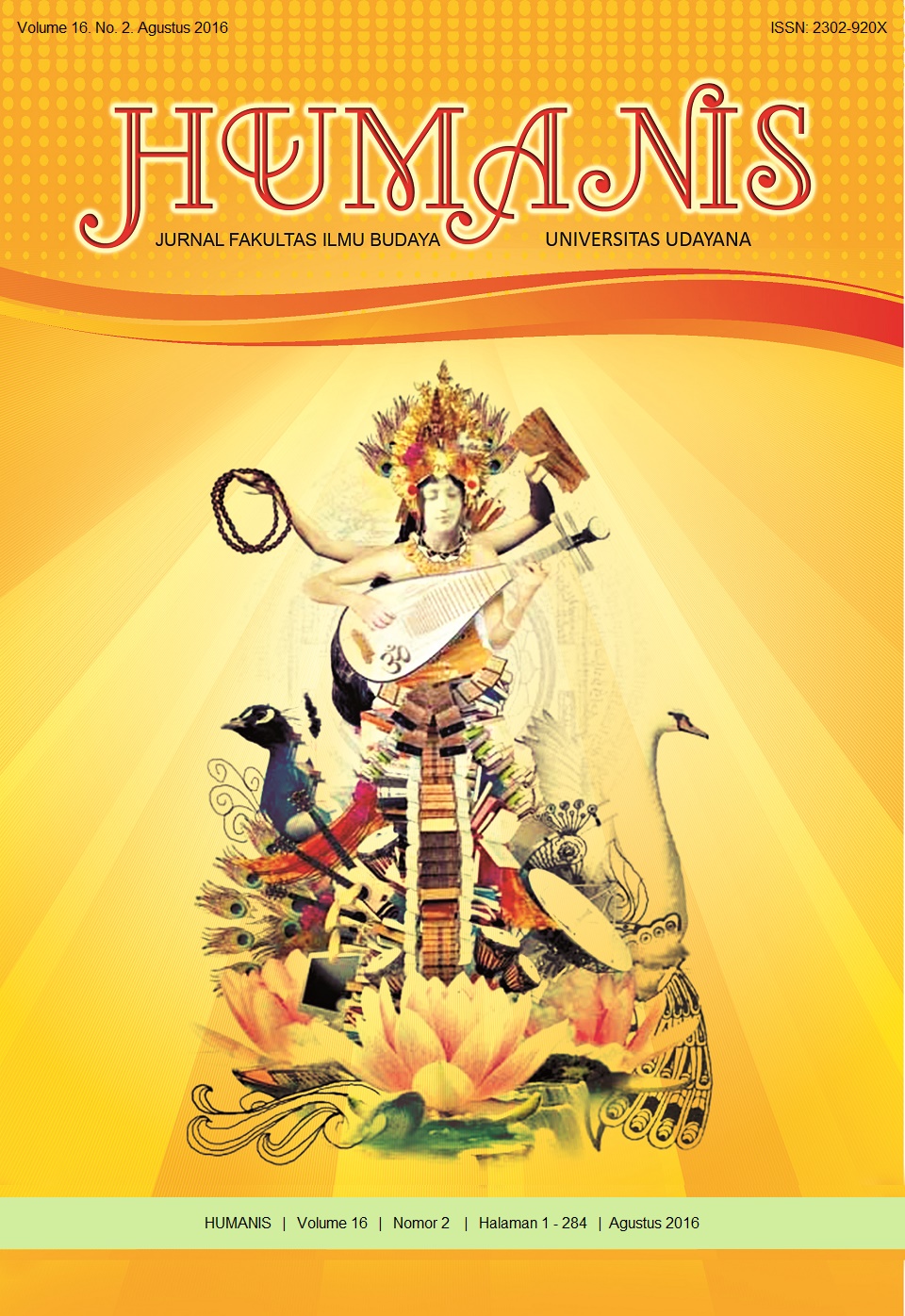PENERJEMAHAN MAJAS METAFORA DALAM NOVEL KAZE NO UTA WO KIKE KARYA HARUKI MURAKAMI
Abstract
The objective of this research is to investigate the translation strategies used to render the metaphors into Indonesian and to identify the types of shifts found in the translation of novel “Kaze No Uta Wo Kike”. Data were collected through library research by note taking of the metaphors found in the data source.The theory by Larson (1998) was applied to analyze the meaning of metaphor. By following Catford theory (1965) about translation shifts, the types of shift were identified and analyzed. The result reveals the followings. First, all types of strategies occurred in this translation, they were translated into metaphors by keeping the metaphorical image, translated into simile, translated into non figurative meaning with or without keeping metaphorical imagery, translated into metaphor of receptor language, and translated by add the meaning explained. Second, there are three types of translation shift occurred in this translation, namely level shift, structure shift and unit shift.


















